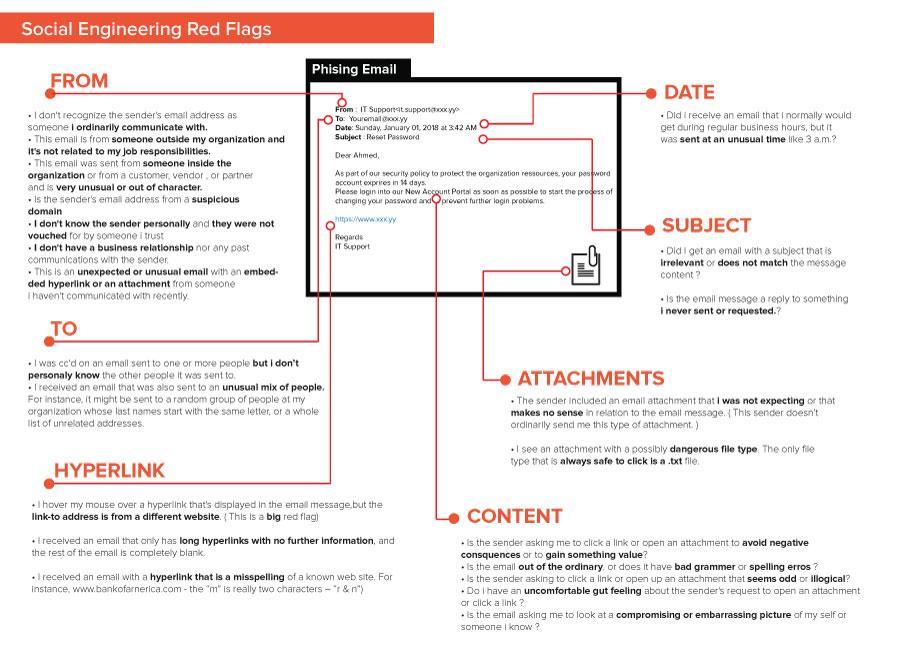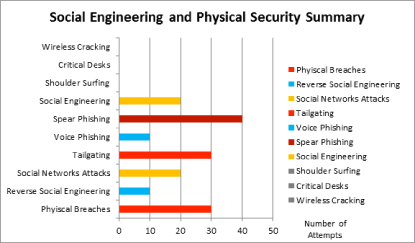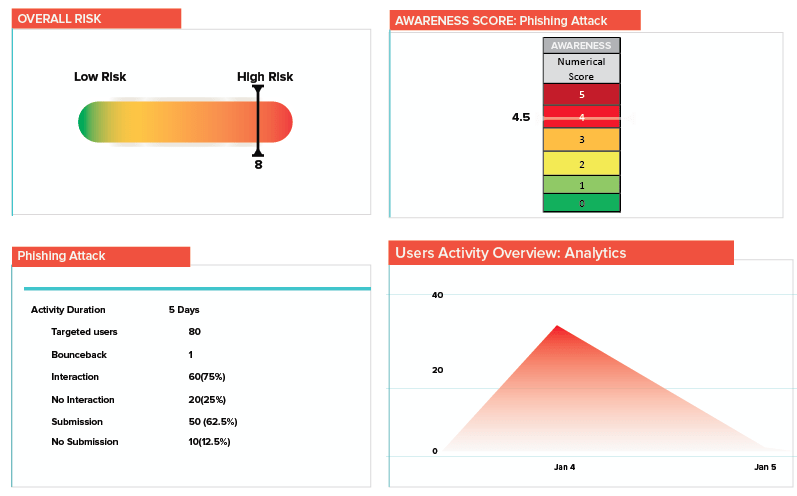- About Us
-
-
- About UsWe are the regional leaders in cybersecurity. We are masters in our tradecraft. We are dynamic, talented, customer-centric, laser-focused and our mission is to defend and protect our customers from cyber adversaries through advisory, consulting, engineering, and operational services.
-
-
- Solutions
-
-
- SolutionsThe cybersecurity industry is fragmented. We have carefully curated an interoperable suite of cybersecurity products and solutions that focus on improving your security compliance and risk maturity that add real business value, effectiveness, and ROI. Combined with our professional services and security engineering expertise we design, architect, implement and operate complex environments and protect your digital space.
-
- Industry
-
-
- IndustryCyber adversaries and threat actors have no boundaries. No industry is immune to cyber-attacks. Each industry has unique attributes and requirements. At DTS we have served all industry verticals since inception and have built specialization in each segment; to ensure our customers can operate with a high degree of confidence and assurance giving them a competitive advantage.
-
- Services
-
-
- ServicesOur cybersecurity services are unmatched in the region. With our unique customer-centric approach and methodology of SSORR we provide end-to-end strategic and tactical services in cybersecurity. We on-ramp, develop, nurture, build, enhance, operationalize, inject confidence, and empower our customers.
-
-
- Vendors
- Products
- Resources
- Press Center
- Tweets
- Support
- Contact
-
Social Engineering – Targeting the Human Weakness
The level of cyber security awareness amongst employees across different industries, varies from one spectrum to another, on average, more than 60% of users fall for the bait by clicking on a link on a highly crafted email from our covert operations team.
- Simulate a social engineering attack on elements of your organization
- Gauge the effectiveness of information security awareness training
- Improve the resilience of your organization to social engineering and phishing attacks
SOCIAL ENGINEERING – SCENARIOS
- Simulate a social engineering attack on elements of your organization
- Gauge the effectiveness of information security awareness training
- Improve the resilience of your organization to social engineering and phishing attacks
SOCIAL ENGINEERING – SCENARIOS
Solutions
Network and Infrastructure Security
Zero Trust and Private Access
Endpoint and Server Protection
Vulnerability and Patch Management
Data Protection
Application Security
Secure Software and DevSecOps
Cloud Security
Identity Access Governance
Governance, Risk and Compliance
Security Intelligence Operations
Incident Response
Accreditations

Accreditations

Dubai
Office 7, Floor 14
Makeen Tower, Al Mawkib St.
Al Zahiya Area
Abu Dhabi, UAE
Mezzanine Floor, Tower 3
Mohammad Thunayyan Al-Ghanem Street, Jibla
Kuwait City, Kuwait
+971 4 3383365
[email protected]
160 Kemp House, City Road
London, EC1V 2NX
United Kingdom
Company Number: 10276574
The website is our proprietary property and all source code, databases, functionality, software, website designs, audio, video, text, photographs, icons and graphics on the website (collectively, the “Content”) are owned or controlled by us or licensed to us, and are protected by copyright laws and various other intellectual property rights. The content and graphics may not be copied, in part or full, without the express permission of DTS Solution LLC (owner) who reserves all rights.
DTS Solution, DTS-Solution.com, the DTS Solution logo, HAWKEYE, FYNSEC, FRONTAL, HAWKEYE CSOC WIKI and Firewall Policy Builder are registered trademarks of DTS Solution, LLC.


